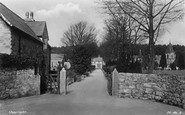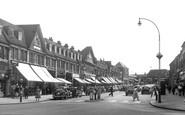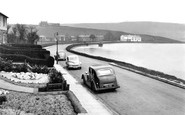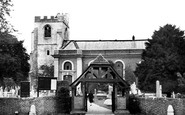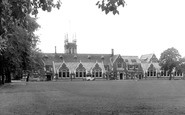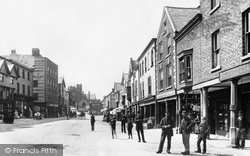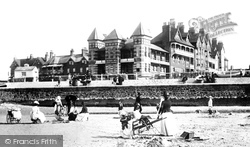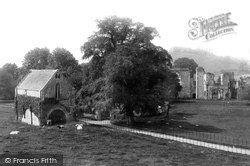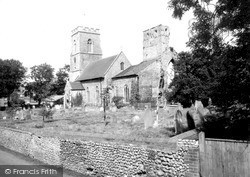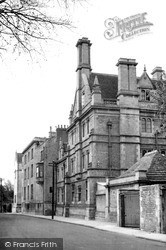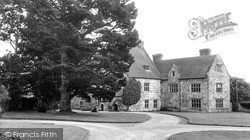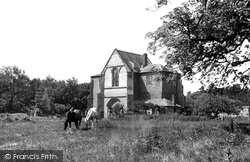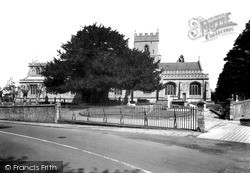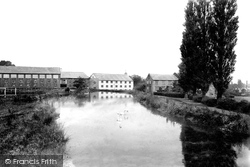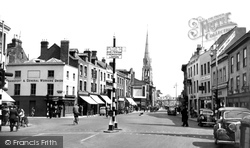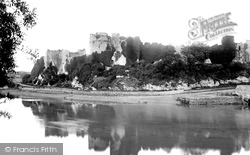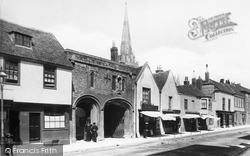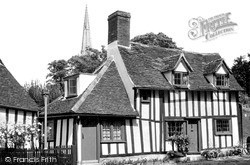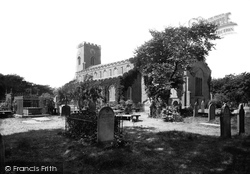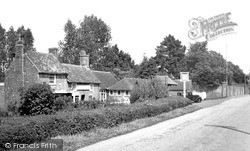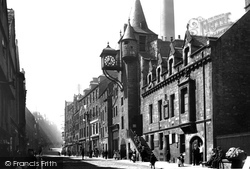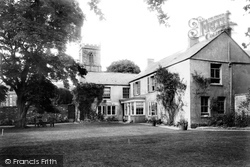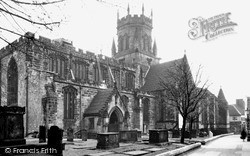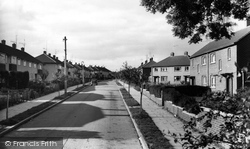Places
7 places found.
Did you mean: canol ?
Those places high-lighted have photos. All locations may have maps, books and memories.
Photos
30 photos found. Showing results 41 to 30.
Maps
656 maps found.
Books
Sorry, no books were found that related to your search.
Memories
248 memories found. Showing results 21 to 30.
1946 1951 Age 2 Years To 7 Years
I was in St Claire's Orphanage with my two sisters after my father died in 1945. The Rev Mother Sister Phillomina had been a childhood friend of my mother's. This fact did not give us any added privileges. I ...Read more
A memory of Pantasaph in 1948 by
A Childhood Reminiscence
I lived in Edgware from 1941 and, although a young child, I remember the war years vividly, especially collecting shrapnel and the sounds of bombs, anti-aircraft guns and V2 rockets. In 1944 I began school at Edgware ...Read more
A memory of Edgware in 1940 by
The Waltham Abbey Choir And Other Memories
My family lived in Waltham Abbey from 1955 to 1961 and living there left a lasting impression on me. I attended Waltham Holy Cross County Primary School during this time and at the ripe old age of 8 ...Read more
A memory of Waltham Abbey in 1960 by
More Foggy Beacon Park
I also remember a foggy Beacon Park, probably 1954. I used to live in the Close, my father being a minor canon, and went to a nursery school (Mrs Allen's) on the other side of the park. I think that one of my parents would ...Read more
A memory of Lichfield in 1953 by
My Grandmother
My grandmother Emma Fielding was born at the Fisherman's Inn in 1893. Her mother lived at Antioch Cottages further along the road so I can only presume that her mother Martha Ann Wild was related to the landlord at that time, also ...Read more
A memory of Littleborough by
Evacuation Ww2
I recall being evacuated to Llansaint from London as a child of 7. I lived in a small sweet shop in the the village with a family named Phillips, or Philips. I am now 74 so my memories are not too sharp with regards to names and ...Read more
A memory of Llansaint in 1941 by
Wartime Years In Llanarmon Yn Ial
Shortly after the outbreak of war, my Father who had a pet shop in Wallasey, evacuated the family to Llanarmon. We consisted of Dad, Mum, my brother Ray and myself. We moved into Rose Cottage in the village, ...Read more
A memory of Llanarmon-yn-Ial in 1940 by
My Family Church
This was the church I attended with my family as a child from 1950-1966 when I moved away to college. My father is buried at the end of the path up to the entry to the church. The rector for some time was Rev. Cottrell with three ...Read more
A memory of Edgware in 1950 by
Foundation Scholar.
I was a pupil at the school from 1943 to 1948 from the age of 10. I used to travel there from Norbury on the tram, having won a Scholarship from Norbury Manor School. I came from a typically working class background and to be ...Read more
A memory of Croydon in 1943 by
Captions
87 captions found. Showing results 49 to 72.
We can only imagine this concourse brimming with farmers, traders and livestock from those early days.
Its atmosphere is exemplified in this photograph showing families genteelly disporting themselves on the beach in front of St Mildred's Hotel and Bathing Establishment; one can only speculate at
The author Charles Kingsley was an honorary canon at the church of St Alkelda and St Mary.
When Lewis Carroll was visiting his father, who was Canon of Ripon from 1852 to 1868, these wonderful carvings inspired his book 'Alice's Adventures in Wonderland'.
It was founded by Roald, Constable of Richmond Castle in 1155, for the Praemonstratensian Order, or White Canons as they were sometimes called.
The priory was erected in the 13th century by Sir Ralph Manwaring, and occupied by Augustinian canons subordinate to Westacre Priory.
This then became the core of the college, which was founded in 1860 by Canon Sir James Erasmus Philipps, , to educate young men as missionaries.
Michelham Priory was founded in 1229 as a house for thirteen Augustinian canons, who took over a Norman moated manor house.
This priory of Augustinian canons was founded in 1171. The gatehouse of 1320-25 is the only structure that remains. The other side has magnificent flatwork decoration and rows of heraldry.
Canon Sir James Philipps, rector from 1859 to 1897, paid Blomfield to renew the church of St Denys in 1887- 89.
There is still plenty of stone, although not the wonderful golden oolitic limestones from Ham Hill and the far south of the county; here we have the Blue Lias, a thin limestone which can only
The church spire in the distance is that of St Peter's; it was built between 1860 and 1868, during the pastorate of Canon Calderbank.
Pembroke was taken by Roger in 1093, during what can only be described as a scramble by Norman lords to help themselves to the lands of the recently murdered Rhys ap Tewdwr.
Here in South Street we see the late 15th-century Canon Gate which leads into the cathedral precincts.
When that chapel was demolished, the screen was presented to St Dunstan's rector, the Rev Canon Wesley Dennis, who had previously been the principal of the college.
It is tucked round the corner in Myddylton Place and can only be seen by those who explore the town on foot, for the apparent cul-de-sac leads through a twitchell (a local name for an alleyway) into the
Its atmosphere is exemplified in this photograph showing families genteelly disporting themselves on the beach in front of St Mildred's Hotel and Bathing Establishment; one can only speculate at
In the 20th century Canon Hawkins presented a modern cross to be fixed in the ancient base, and it was dedicated by Archdeacon Hornby of Lancaster in 1931.
Not far away is Michelham Priory, founded in 1229 for 13 Augustinian Canons. King Edward I spent a night here on his way from Lewes to Battle. After the dissolution it became a farmhouse.
The Canongate was where the canons of Holyrood Abbey entered the Old Town. The tolbooth, with its projecting clock, is one of the most famous landmarks on the Royal Mile and dates from 1591.
Being vertical, the main south-facing dial can only cast a shadow for 12 daylight hours, so two side dials are needed to extend the range.
The Rectory in South Street, on the south side of St Mary's Parish Church, was the home of the Rural Dean, Rev Henry Richard William Farrer, who was an honorary canon of Salisbury Cathedral.
The nave of St Mary's acted as the parish church for the town, while the large chancel was used by a secular College of Canons, responsible to the King, whose duty was to pray for members of the
John Dryden, the first Poet Laureate (1658-1688) was cousin of Sir Robert Dryden, who lived in the locality at Canons Ashby.
Places (7)
Photos (30)
Memories (248)
Books (0)
Maps (656)
























